Travel tips for opera lovers – Dresden and von Weber
von Weber in Dresden
The series about historical places of opera art & culture. Get to know exciting excursion and travel ideas for opera lovers. This time: von Weber in Dresden.
All Destinations on google maps with links to detailed Blogposts:
Carl Maria von Weber in Dresden
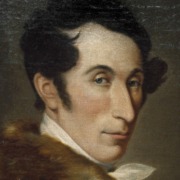
Since the age of one, Carl Maria von Weber was on the road, whether in his parents’ company, searching for the ideal job, or traveling as an artist to pay off his debts in Stuttgart. In Dresden, he found the long-awaited position in an artistically superior environment, and he shared the directorship and kapellmeistership of the Dresden Court Opera with the Italian Morlacchi. Here he married the singer Caroline Brandt and the 31-year-old found some peace for the first time, and the workaholic had artistically productive years despite a heavy workload. In particular, his summer home in Hosterwitz and the spectacular surroundings of Dresden inspired him to write the “Freischütz”. However, two important events took place outside of Dresden during Weber’s final years, the premiere of Freischütz in Berlin and his passing in London.
Destination Hosterwitzer house (Weber-Memorial)
Weber’s various residences in Dresden no longer exist today; they were either demolished or destroyed during the war. Instead, a small Weber memorial has been erected in the Dresden Winzerhaus in Hosterwitz near Pillnitz Palace, where he spent many summer months. There he had time for hiking and for composing his works, perhaps he spent the happiest time of his life there with his wife and their three children. It is the only Weber museum at all, already in 1836 the care of the memory began in this house and after the war the house finally became a museum. The rooms are still in their original state and various memorabilia such as furniture, writings, death mask and instruments are on display.
Weber house:
Destination on the traces of the ‘Wolfsschlucht’ (Glen) of the ‘Freischütz’.
The so-called “Wolfsschlucht Scene” (Glen-scene) from “Freischütz” is one of the most grandiose and influential passages written in opera history. You can find out more about it in the musical excursus below. Where exactly the model for the Wolfsschlucht stands is unclear. What is certain is that Weber and his librettist Johann Kind found inspiration in the surroundings of Dresden. The slopes of the Elbe and Saxon Switzerland provide the wildly romantic stage for this first German Romantic opera.
Keppgrund: This small side valley with a ravine is within walking distance of the Hosterwitz house. The Keppmühle was one of his favorite places to stay. This romantically situated house still exists and is inhabited.
Keppmühle (Mill house):
Hockstein: The librettist Kind explicitly mentioned the so-called “Wolfsschlucht” near Hockstein as a place of inspiration.
Hockstein, wolf glen:
Destination Weber-monument Dresden
Between the Semper Gallery and the Opera, on Theaterplatz, is Weber’s romantically transfiguring bronze statue.
Weber monument:
Destination Semper opera house
The Semper Opera was not built until 10 years after Weber’s passing. Nevertheless, it plays an important role in the review of Weber’s music. According to the Semperoper, it is the most performed works of this magnificent theater, with 1,500 performances.
Semper opera house:
Destination Weber Tomb Alter Katholischer Friedhof
Weber died in London and was given a ceremonial burial there. His body was transferred to Dresden 18 years later on the initiative of Richard Wagner.
Musical background: the Glen scene from “Freischütz”
Along with Wagner’s “Meistersinger von Nürnberg,” Freischütz is considered the German national opera par excellence. Von Weber shows himself to be a brilliant theater dramatist and creator of great melodies, and with this work he made a decisive contribution to the transfiguration of German Romanticism. Few operas have contributed as many melodies to the german song heritage as Freischütz. Weber’s greatest strength (and he had many) is his inspiration for melodies.
The end of the second act takes a special position. The so-called Wolf’s Glen scene is a break from the traditional singspiel. It lasts 20 minutes and is kept without dialogues. At that time it was radically new and even today one is amazed how Weber has composed almost cinematic “special effects” (church bells, wind, thunderclaps, ghosts etc.) into this scene. Weber shows himself as a true musical dramatist and already hints at the further development to Wagner. The increasing effect from the first ball to the seventh has an enormous power of suggestion and still appeals to our senses spoiled by cinema in a wondrous way.


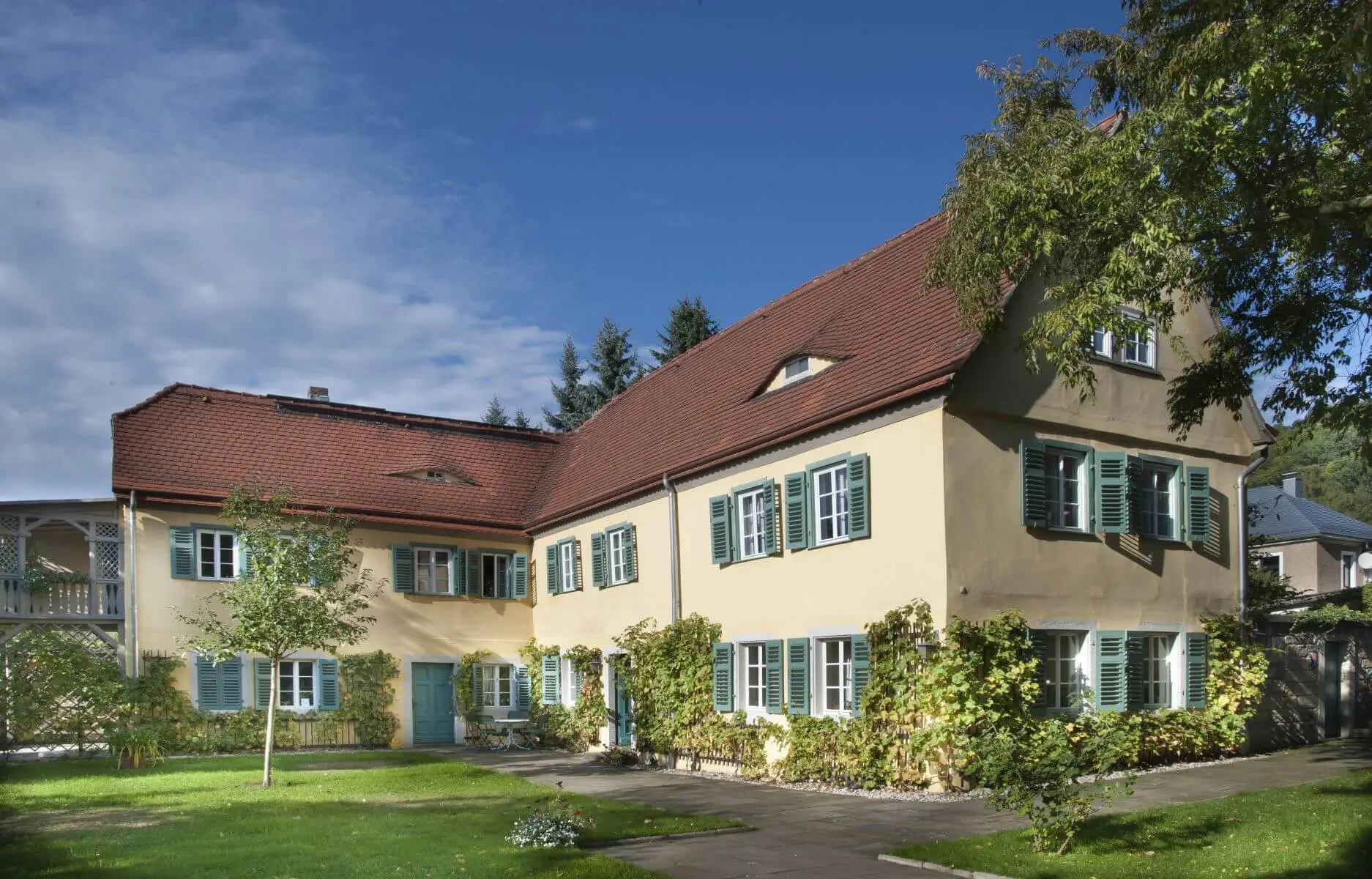
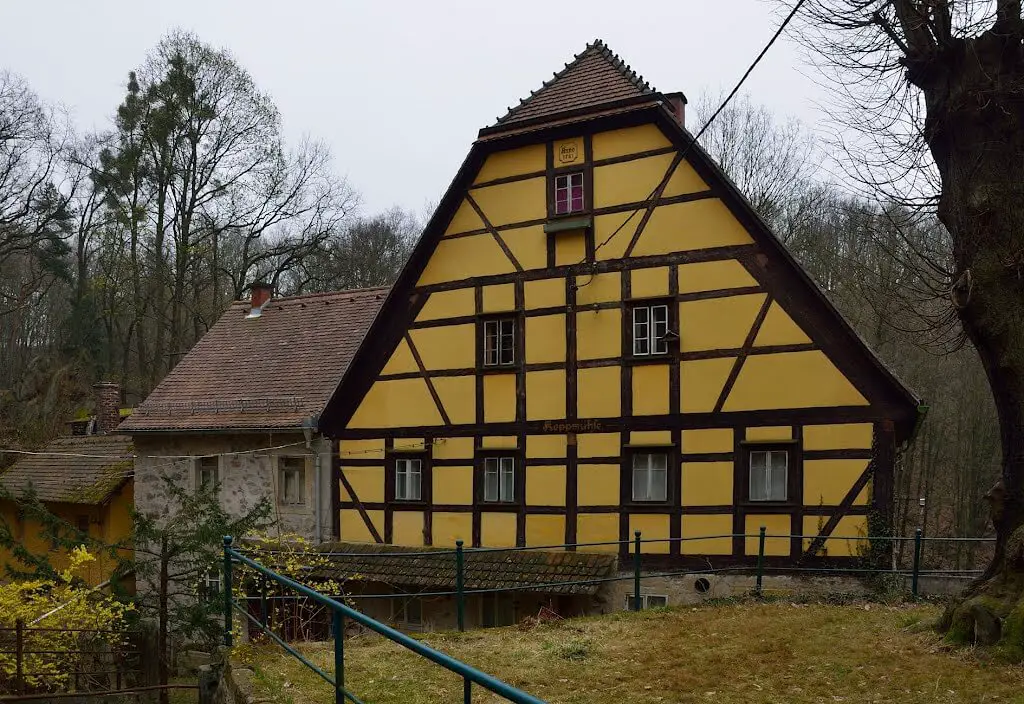
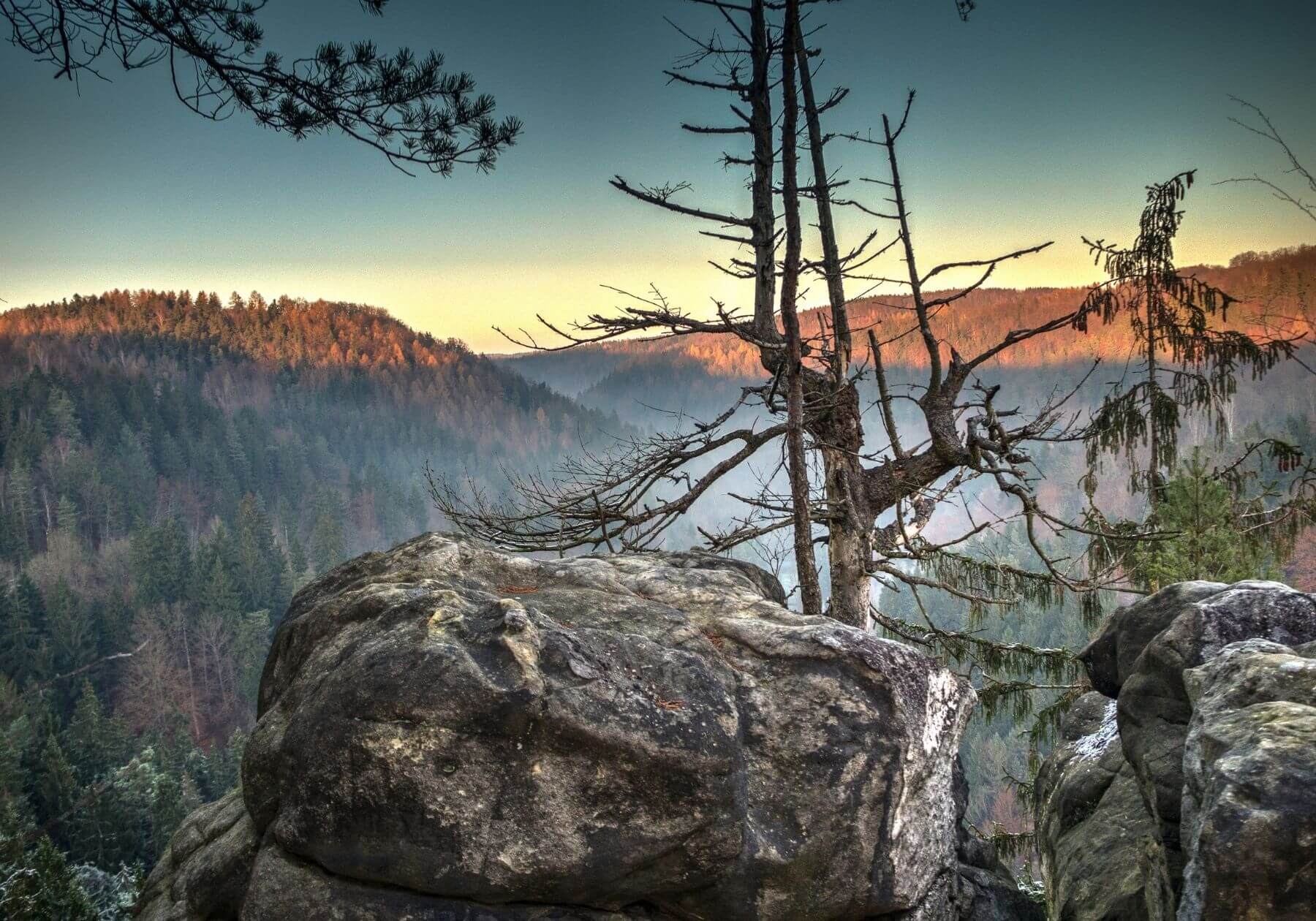
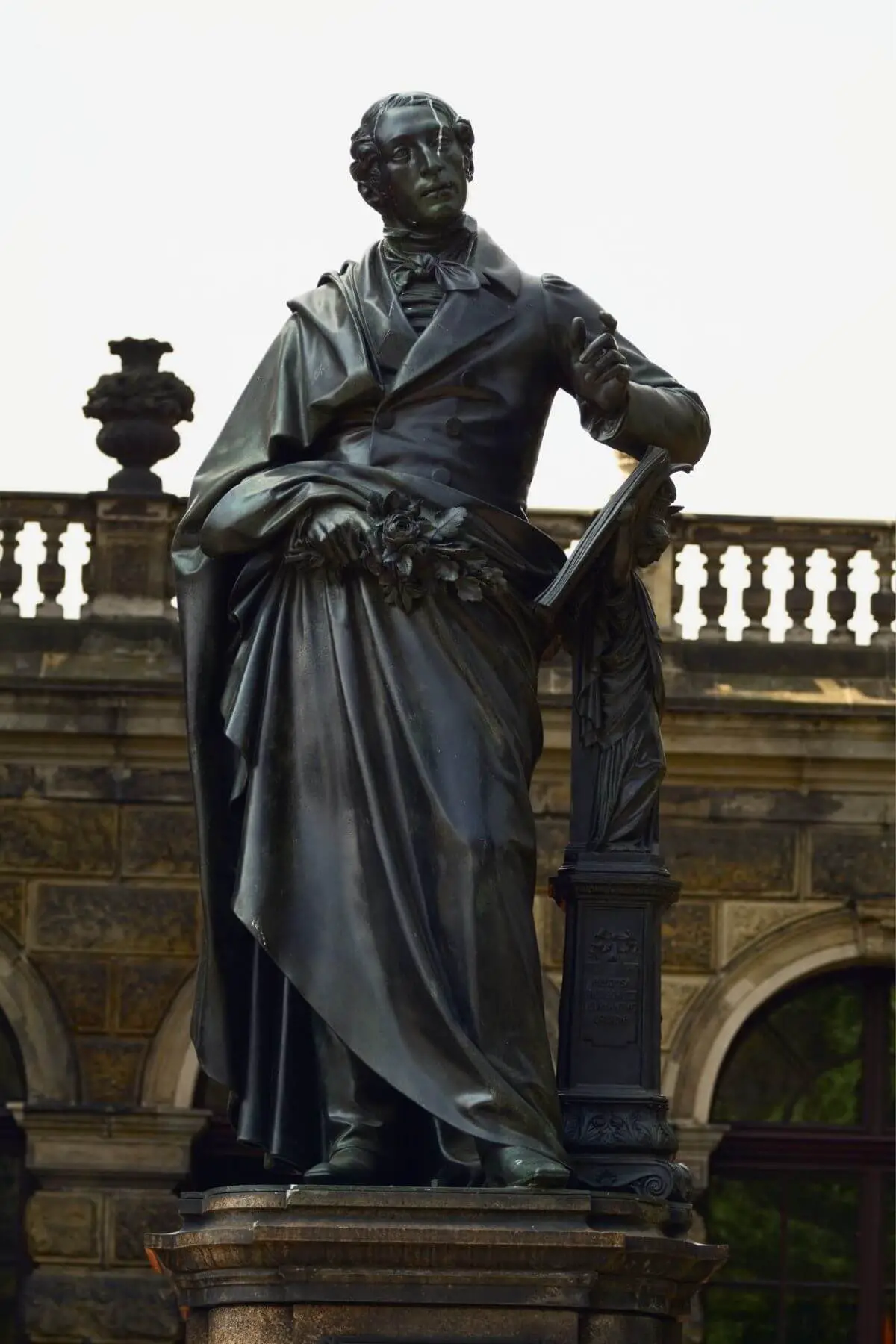
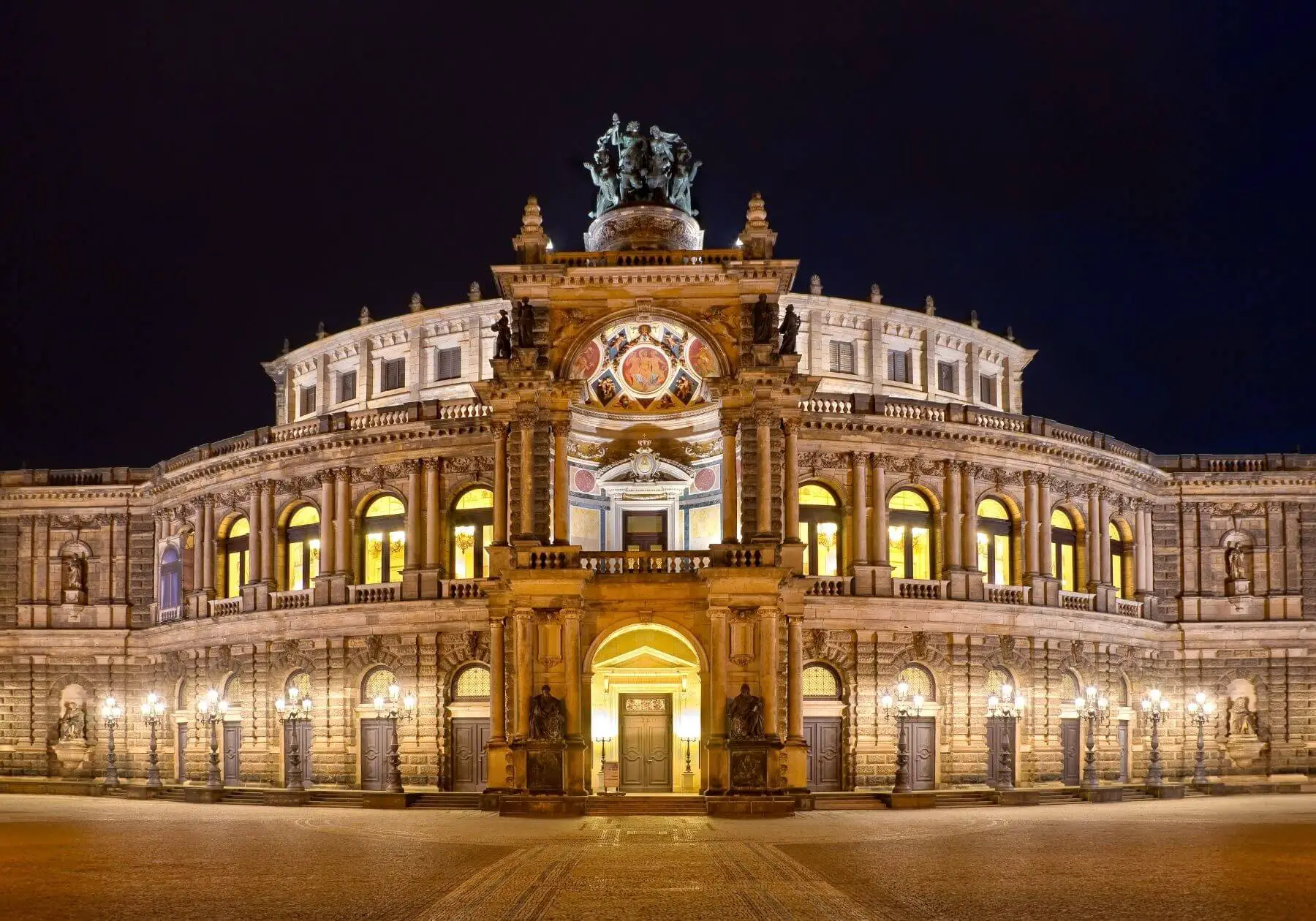
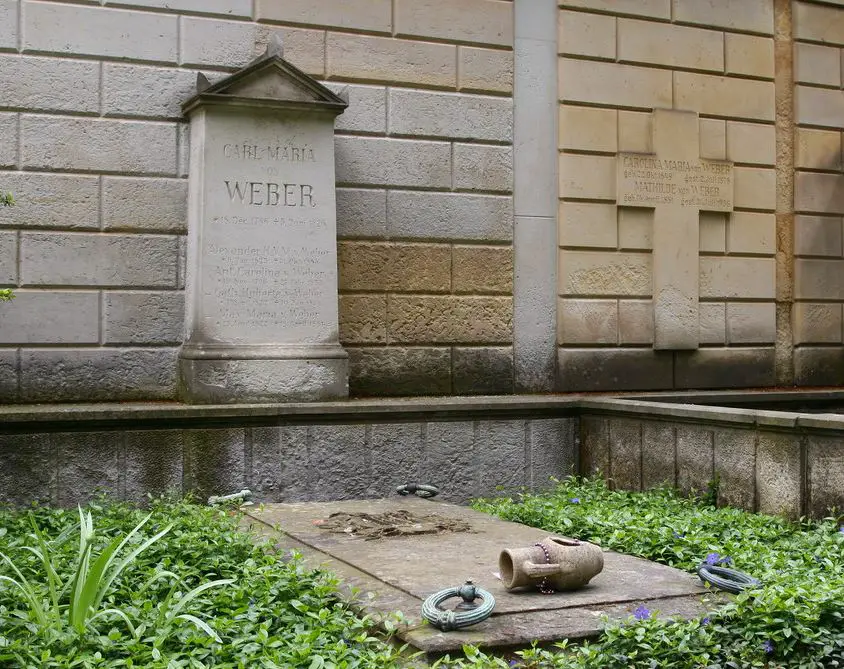


Leave a Reply
Want to join the discussion?Feel free to contribute!